Runners everywhere are in search of solutions for knee discomfort. You’ve come to the right place to dive into the cause and cure. Pain, discomfort, and tightness in and around the knee are common for athletes.
Recently on the A to Z Running Podcast, we answered a question about knee discomfort, you can listen to that episode here. What can be done? Read on to learn out to check and alleviate knee pain.
DISCLAIMER: We are not medical professionals. If you experience acute pain, trauma, or have a rotation injury, please seek medical attention. Do not proceed with suggestions below.
Why your knees are hurting matters in finding the solution. Evaluate. Is this a constant injury? Is it something new? What were you doing when you first noticed the pain?
What could be the cause?
As you know, there could be a number of reasons your knee is causing you problems. There are many medical reasons for knee or joint pain, but the article is targeted for the most common reasons with basic, DIY solutions. If you are concerned your knees may be injured due to over-rotation or an injury, please seek medical advice.
Likely causes of knee pain (besides injury):
-
- Too much weakness
- Too much tightness
- Too much strength in one area over another
How to identify the Cause while Finding the Solution
The good thing about the solutions we lay out for you in this blog post is that, if they do not cause further pain, they are good practices to exercise regularly. The investigation can also be part of the solution. Now that you know what could be wrong, let’s find out where the hold up is.
Investigate three areas causing knee pain in this order:
Immediately around knee
the foundation beneath the knee
then above the knee.
Cause: Lack of mobility
Common activities to gain mobility are dynamic stretching and myo-facia release. (We dove into mobility on this episode of this podcast episode.)
Here are ways to mobilize muscles around your knee. A great source for mobility stretches is Whartons’ Stretch Book.
Areas of tightness that could affect knee pain
Ankles/shins/calves- Whartons’ Ankle Stretches-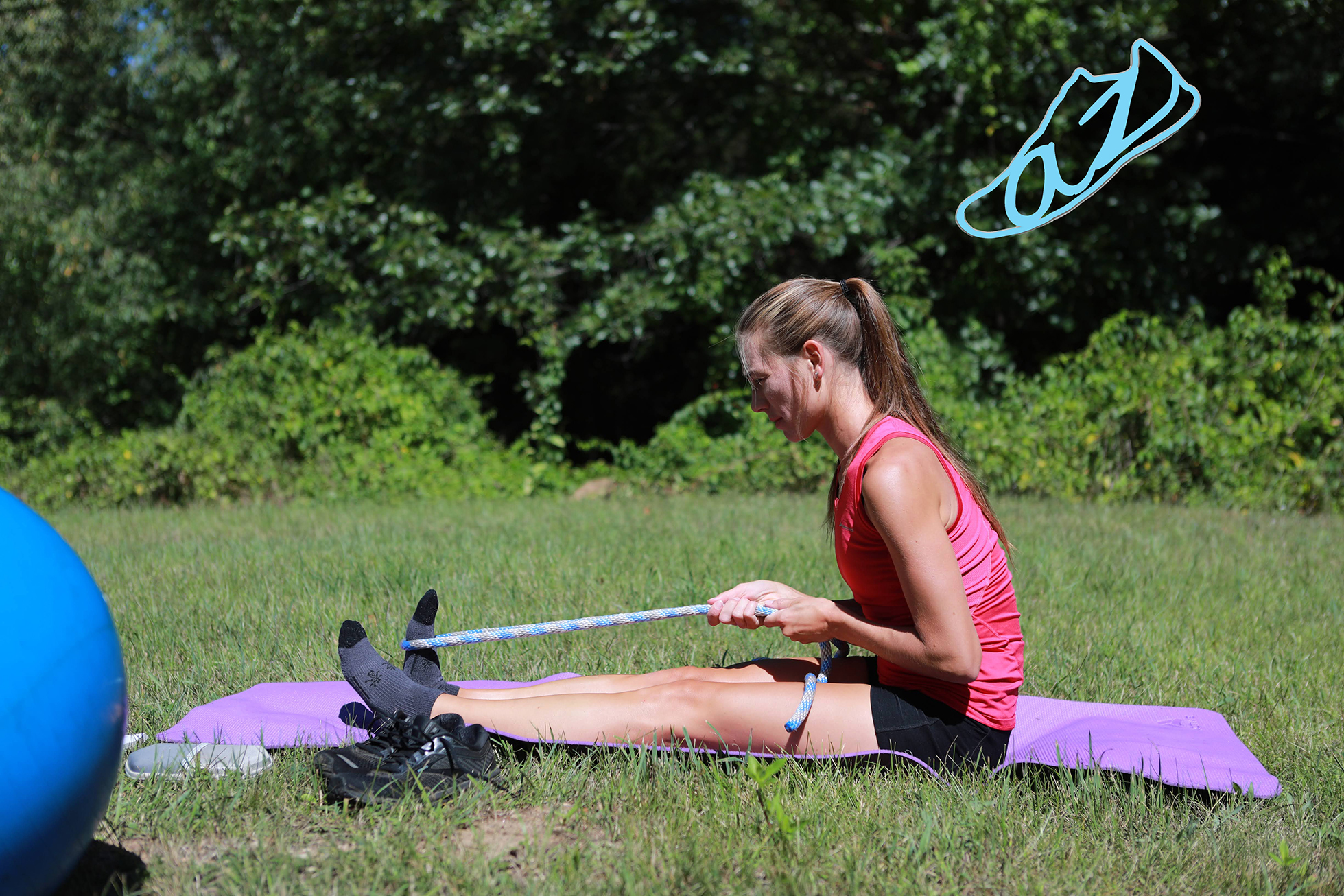
- Sit with legs straight in front of you, using a rope around your foot, pull the your foot towards you.
- Next, stay in the same thing only lean forward and pull it toward you (you will feel it right behind the knee
- thirdly bend that knee up to 90 degrees, keep heel planted on the ground and pull your toes up toward your knee (using your hands).
- Then do the same thing with your heel all the way to your butt. Lastly, pick your foot up and put your forearm under your knee with the same side. Point toe toward the ground, release and repeat.
Hamstrings- Whartons’ Hamstring Stretches-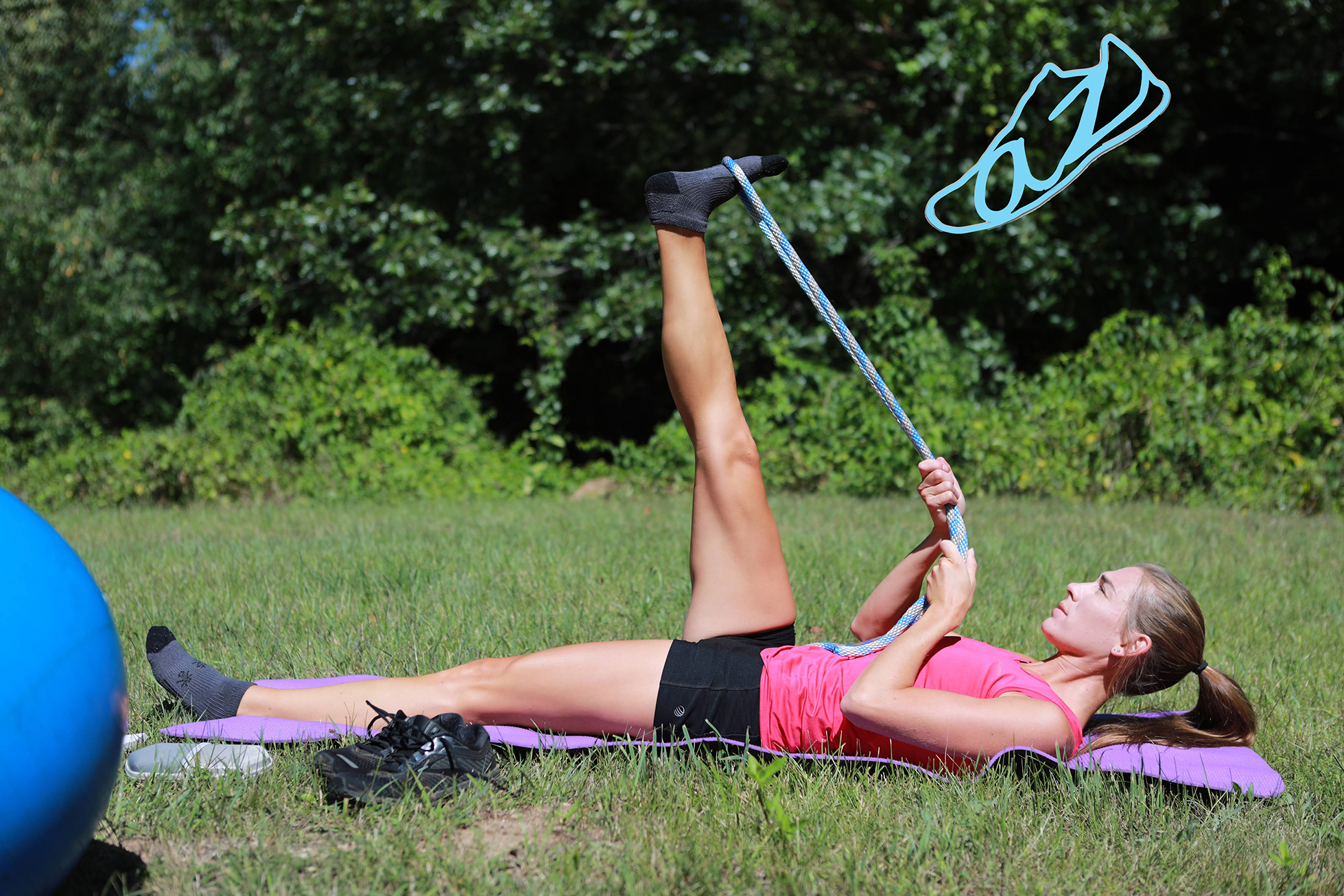
- Lay on back with your knee up, straighten knee. Using a rope around your foot, lay with your legs straight pulling up one at a time.
Quads- Whartons’ Quad Stretch-
- Laying on your side, using the rope around your foot, draw your foot behind you and after pull your knee forward. Bottom leg should be bent and hugged up as close to your chest as possible.
- Same, only your bottom leg should be straight down, but slightly bent at the knee for balance.
- Butterflies (in motion, don’t hold it)
- or standing do side lunges, make sure your stationary leg stays straight
- Finally, stand with your legs spread apart (put your hands straight above your head, and slowly turn down toward one ankle and then sweep down and come up to center)
There are many muscles that can affect your knees, as you can see by the list above. Give yourself a good 30 minutes. Carve out the time. Allow yourself to investigate and work on the possible reasons for you knee pain.
In addition to mobilizing, include some time for myofascial release. You can achieve myofascial release by scraping, rolling, and trigger point massage.
Next comes the strength tests to discontinue the strain that is potentially the cause for your knee pain and area tightness.
Cause: Weakness
Strength Tests:
A very common cause of knee discomfort is weakness. The sooner we find it, the sooner we can strengthen it.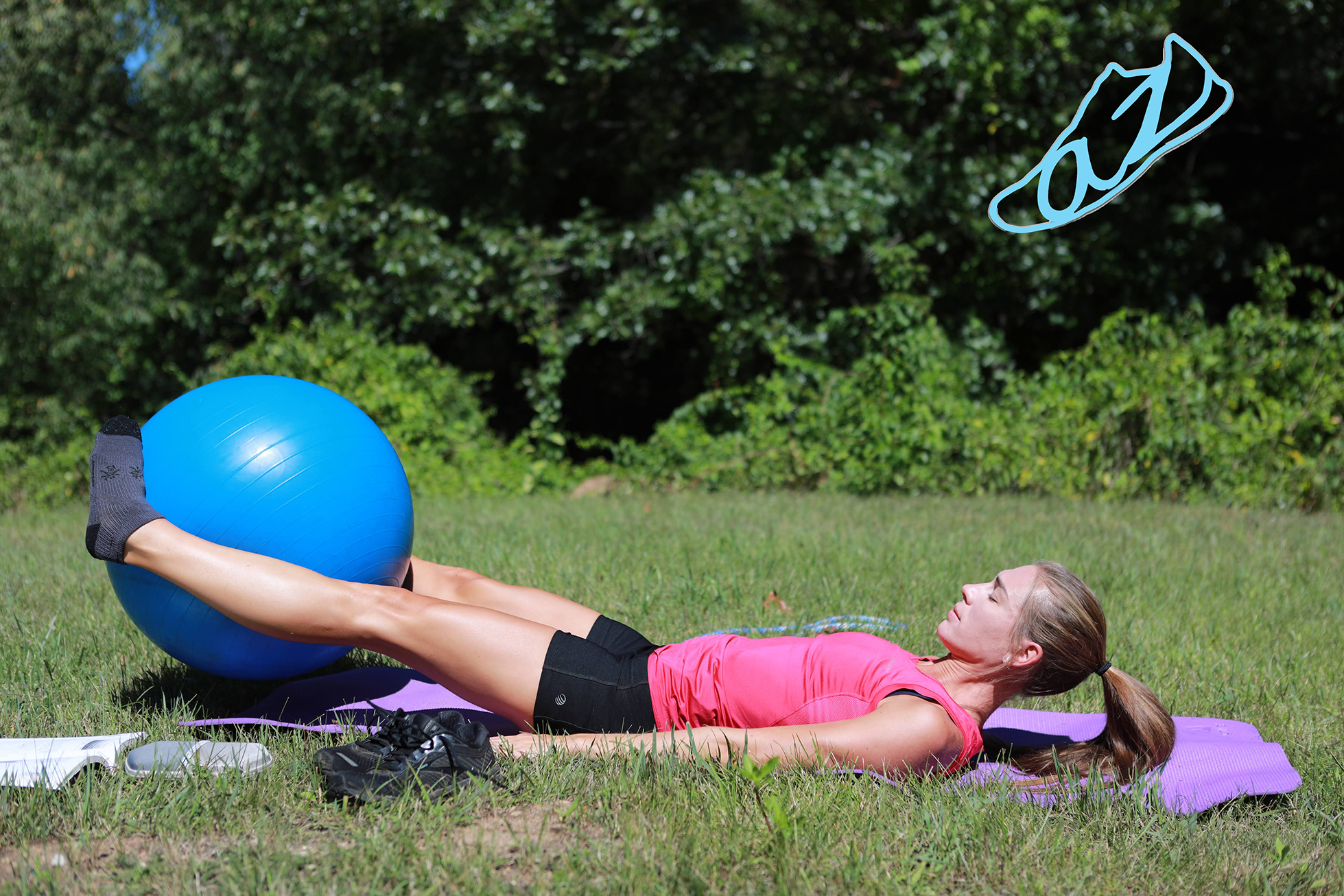
ADDUCTORS– First, lay on your back. Using a large exercise ball, place your feet on either side of the ball. Squeeze the ball with your feet using your adductors (the interior muscle running down the inside of your upper leg). Or you can use a foam roller or smaller ball between your knees and squeeze.
QUADS (need a buddy)- sitting with back straight and one leg straight out, push down on your legs one at a time. If you can fully resist, you have a strong quadricep. If they can easily push your leg down, you have some work to do
HAMSTRINGS (need a buddy)- Lay flat on your stomach, with one leg flat on the ground, and one up. If a buddy can push your leg down easily, you have weak hamstrings.
If all those areas are strong, work on foot and ankle strength. With your knees bent and your knees straight, go through the entire functional range of motion while doing calf raises on stairs (or something similar.) Using a mobo board (DISCOUNT CODE: ATOZRUNNING10) you can work on ankle strength and leg stability.
Lastly, investigate your hips. If the pain is on the outside, it is likely your ITB. If your IT band is causing part of the problem, it may be due to weak hips.
What to do about it
If you had tightness or weakness based on the activities above, what do you do next? Mobilize and strengthen daily. Commit to a routine. You should feel the benefit within a couple weeks. In case we didn’t say it enough, we are not medical professionals. If you continue to experience discomfort, or your pain is acute, consult a medical professional.
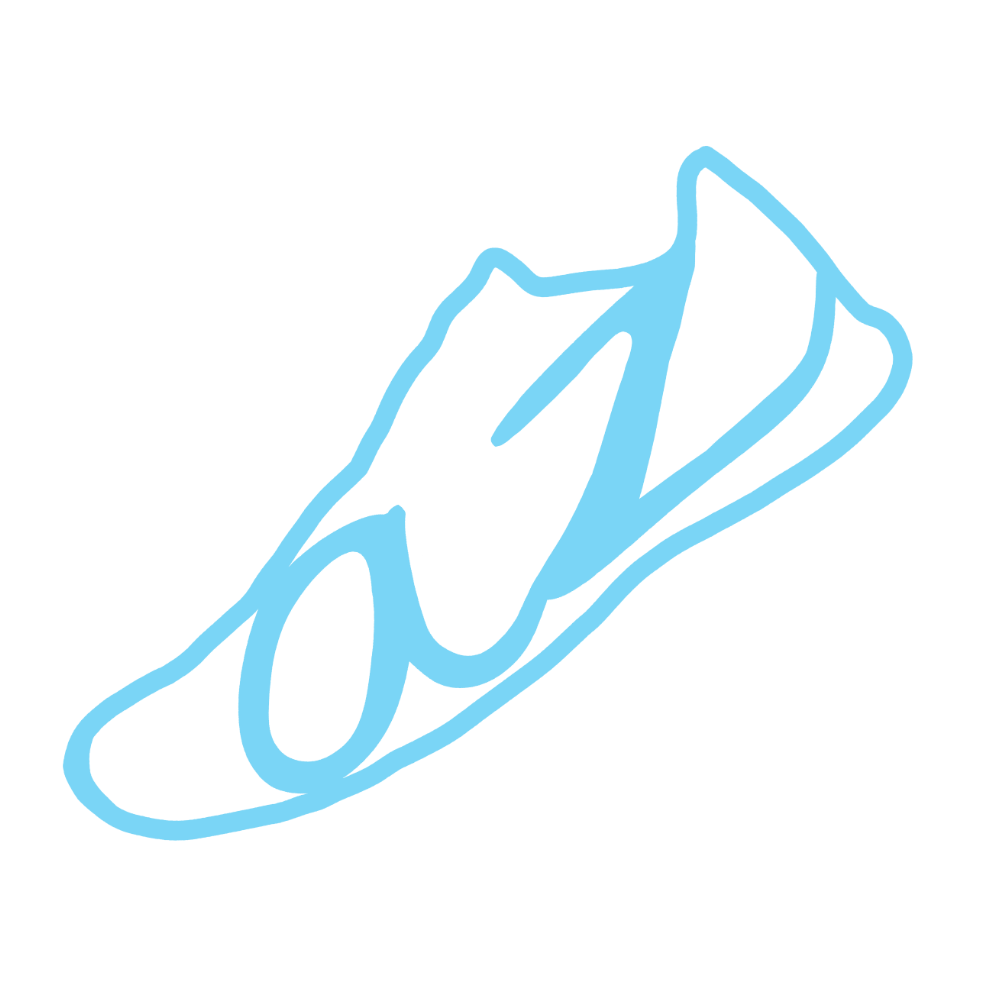


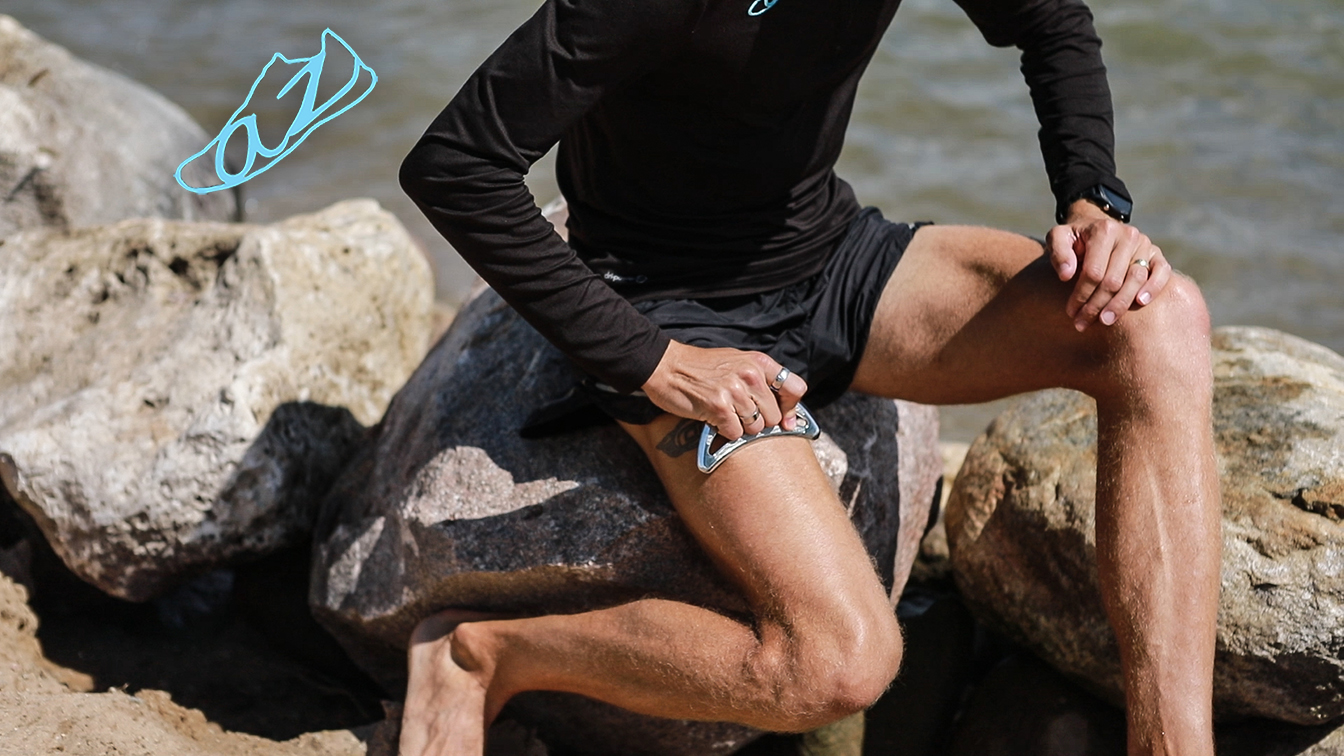
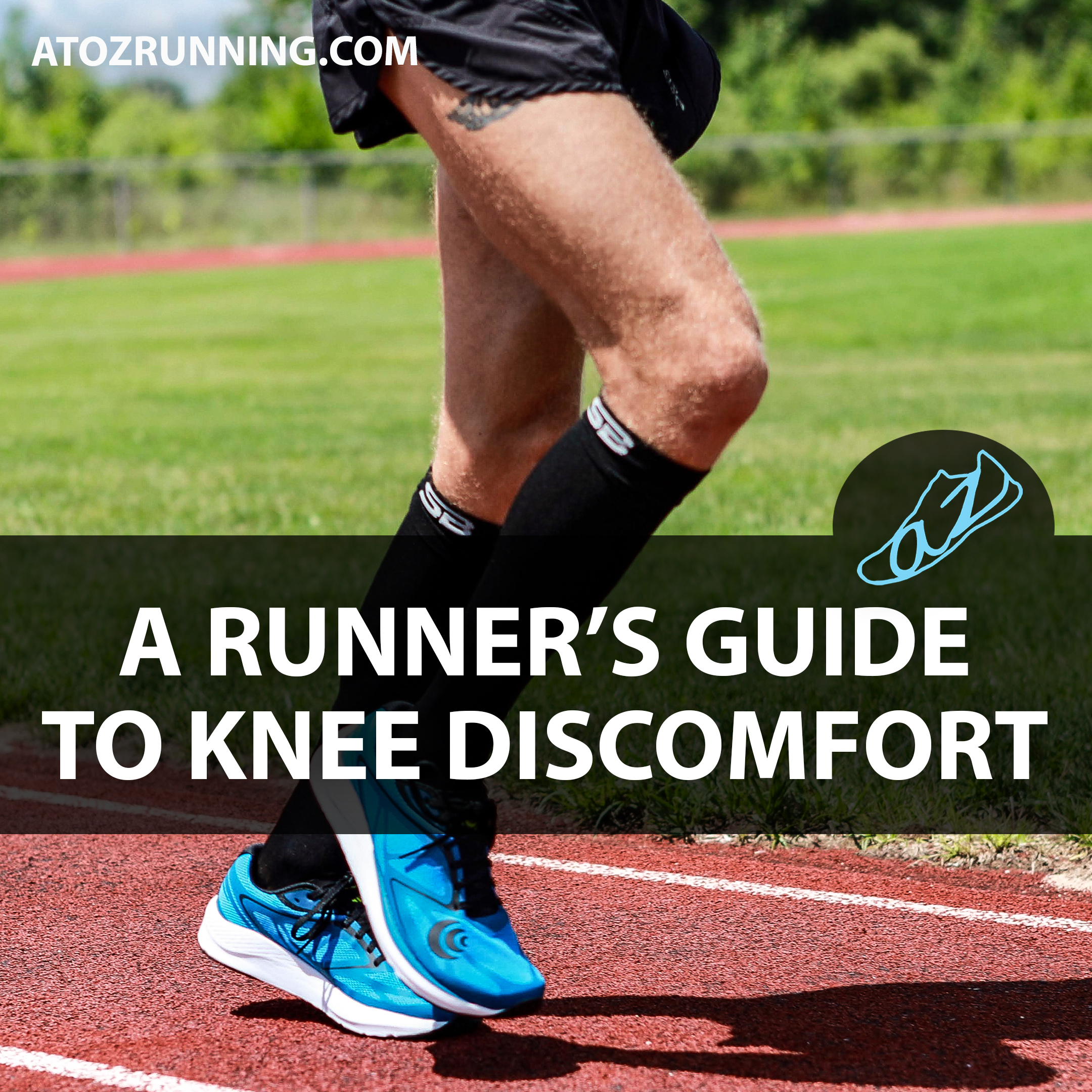


Leave a Reply
Want to join the discussion?Feel free to contribute!